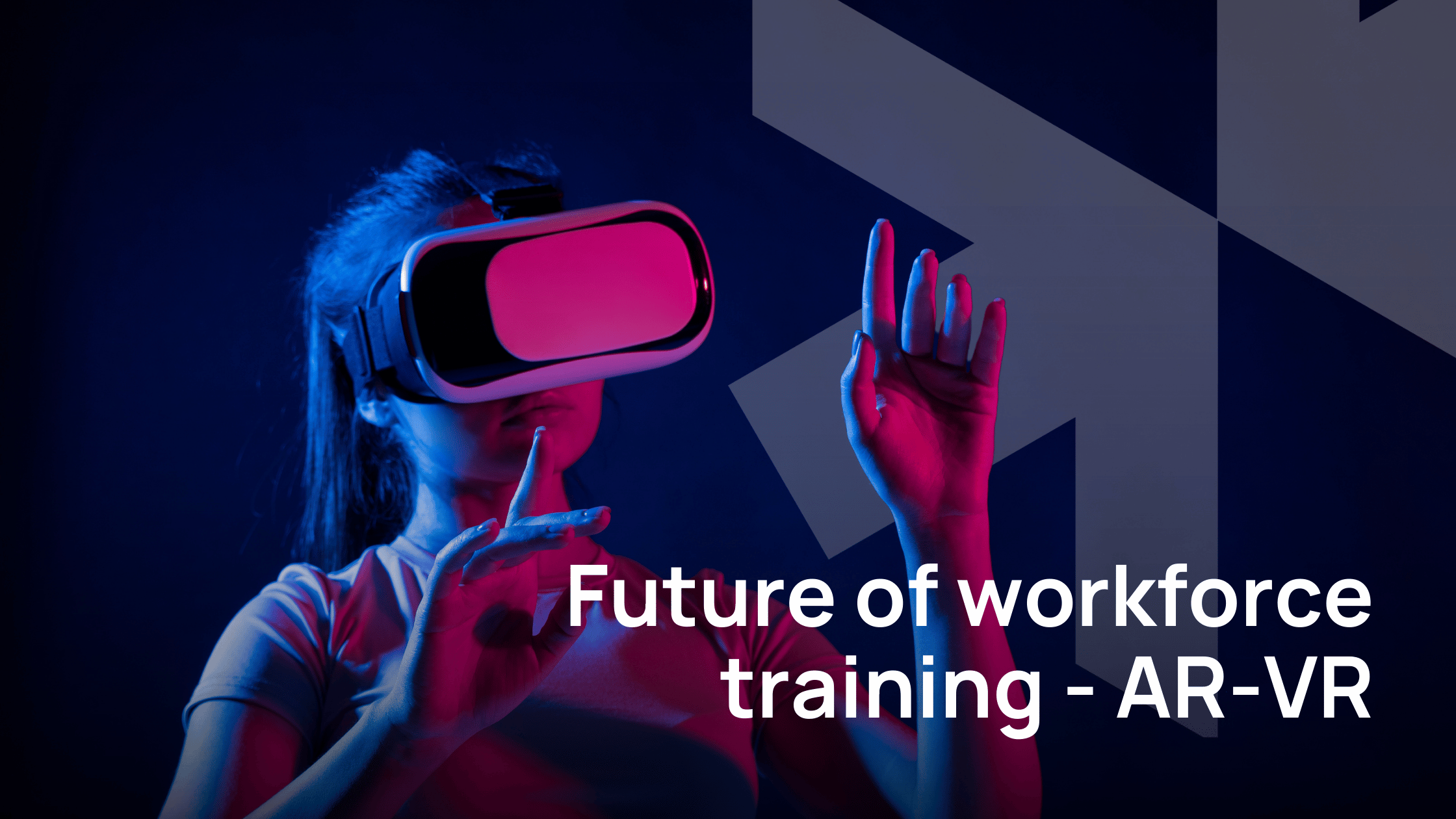Machine Learning is an important field of Artificial Intelligence that provides the ability to automatically train and improve from experience with no programming. Each machine learning algorithm has to learn from data. However, there are tons of data in the world while only a fraction of it is labeled.
To do Supervised Machine Learning, we need labeled data either by Machine Learning or data scientist. As a result, the data set has to be hand-labeled either by a Machine Learning Engineer or a Data Scientist. This is an enormous challenge.
Unsupervised Machine Learning deals with unlabeled data set with no expected outcome. We can use it on a vast set of data, but the major drawback is that its application range is restricted.
To meet these hindrances, Semi-supervised Machine Learning has been created. In this model, we train the algorithm upon a combination of labeled and unlabeled data sets. Often, this blend comprises a small quantity of labeled and a large quantity of unlabeled data. At Crafsol, we have extensively applied a variety of models, including Semi-supervised Machine learning for our customers.
Let us understand the importance of semi-supervised learning and some of its used cases.
Why is Semi-supervised data important?
As we know, there is a large volume of unlabeled data in the world. This is as text data, scripts, books, blogs, articles, etc. Most of the time, we need supervised data to create a particular model. It is quite expensive to create large labeled data as you have to go through millions of documents.
So you can implement a Semi-supervised algorithm. The aim is to build the size of your required labeled data, which can learn from limited labeled data sets. You can train a model to classify text documents by giving a hint to your algorithm on how to construct the categories. Semi-supervised algorithms learn from partially labeled data sets.
How do Semi-supervised algorithms operate?
- We use the model on a large volume of unlabeled data. It uses a partially trained model that uses a small portion of labeled sample data to train itself.
- This model labels the unlabeled data, which is called pseudo-labeled data. This is because the labeled data has many limitations.
- The combined result of labeled and pseudo-labeled data creates a unique algorithm that covers both the aspect of supervised and unsupervised learning.
Case Studies of Semi-Supervised Machine Learning Algorithms
In this era, where data is growing exponentially, unsupervised data is growing at a similar pace. Semi-supervised Learning is applied in a variety of industries from Fintech, Education to Entertainment.
- Image and Speech Analysis: This is the most popular example of semi-supervised learning models. Images and audio files are usually not labeled. To label them is an arduous task that is expensive as well. With the help of human expertise, you can label a small data set. Once the data is trained, we can then implement SSL to label the rest of the audio and Image files and thus improve Image and speech analytic models.
- Web Content Classification: There are billions of websites on the internet with different classified content. To make this information available to web users requires a vast team of human resources who can organize and classify the content on the web pages. SSL can help by labeling the content and classifying it, thus improving the user experience. Many search engines, including Google, use a semi-supervised learning model to label and rank web pages in their search result.
- Banking: In Banking Security is of utmost importance. SSL can help in banking for various activities. e.g. to identify cases of extortion. Here, the developer can use some examples of extortion cases as a labeled data set. The rest of the data of the customer needs to be labeled with Semi-Supervised Learning. In this scenario, the framework is prepared based on current samples and algorithms presented by the developer. Semi-supervised algorithms work the best here with controlled and uncontrolled frameworks.
Conclusion: Semi-supervised Machine Learning can be implemented in endless scenarios, from crawlers to content and image to audio analytics. The usage will increase in the coming years. Precisely, Semi-supervised learning is the future of Machine Learning. Crafsol is a Machine Learning Consulting company based out in Pune, India. If you are looking for solutions based on Machine Learning and Artificial Intelligence, then connect with us.







